At WSI, we do not require resume to apply for our client’s openings. But, in today’s competitive job market, having a polished resume is crucial—even for those who’ve never needed one before. This includes many blue-collar workers in manufacturing and service workers, who might find the idea of crafting a resume daunting or even unnecessary. But here’s the thing: A well-crafted resume can open doors to better job opportunities and financial stability, even for those traditionally in lower-income brackets.
Understanding the Modern Resume
A resume today isn’t just a list of past jobs—it’s a marketing tool designed to showcase your skills and achievements. According to Eric Ciechanowski, a career expert at LiveCareer, resumes have evolved significantly over the past five years, not just in length but in substance too. Gone are the days of the one-page resume; now, a two-page format that highlights a blend of hard and soft skills, certifications, and quantifiable achievements is the norm.
Starting Strong: Contact and Summary
Begin with your contact information followed by a professional summary. This isn’t the place to dive into your life story. Instead, think of it as an elevator pitch: who you are, what you can do, and how you can contribute to a potential employer. For example, instead of saying, “experienced in construction,” you could say, “Skilled construction worker with 10+ years of experience specializing in renovations and new home construction, known for swiftly mastering new techniques.”

Highlighting Relevant Experience and Skills
When listing your experience, focus on the most recent 10 to 15 years, as these are most relevant to employers today. More than just what you did, emphasize how well you did it. For instance, instead of “worked on assembly line,” try “Enhanced assembly line efficiency by 20% through streamlined workflow techniques.”

Quantifying Achievements: The CAR Method
The CAR (Challenge, Action, Result) format is recommended by experts like Marc Cenedella, founder of Ladders. This approach involves identifying a challenge you faced, the action you took to address it, and the result of your action, preferably quantified. For example:
Challenge: High waste levels in manufacturing processes.
Action: Implemented a new quality control system.
Result: Reduced waste by 15% within six months, saving the company $50,000 annually.
Education and Continuous Learning
Even if you haven’t attended formal education recently, any training or certifications can be a big plus. List any relevant courses or certifications under an “Education and Continued Learning” section. This not only shows your commitment to staying current but also enhances your appeal as a candidate who is proactive about personal and professional growth.

Hard and Soft Skills: Your Hidden Assets
Hard skills are specific, teachable abilities or skill sets that are easily quantifiable, such as welding or data analysis, whereas soft skills are less tangible and relate to one’s personality traits, such as teamwork and communication. Identifying and listing soft skills can be tricky, especially if you’re not accustomed to categorizing your capabilities. Begin by noting down the tasks you perform regularly, then match these to job listings you’re interested in. This can help you pinpoint which skills to highlight.
Skills often overlooked, like “time management” from successfully juggling multiple tasks, or “team coordination” from working with groups to complete projects, are incredibly valuable to potential employers. Soft skills can set you apart. These include problem-solving, communication, teamwork, and adaptability—skills often honed through life experiences rather than formal education. Amanda Augustine of TopResume highlights the importance of these skills, noting that they are crucial for adapting to diverse work environments and are often harder to teach than technical skills.
Customization: Tailor Your Resume
Every job application should see a customized version of your resume. This means tweaking your resume to include keywords from the job ad and focusing on the skills and experiences that align most closely with the job description. This customization extends to the layout too—keep it simple, use a standard font, and ensure the text is easy to skim.
Discovering Your Skills
For those unsure of their skill set, here’s a simple exercise:
- List Past Jobs: Write down all the jobs you’ve held.
- Identify Tasks: For each job, list out what you did.
- Match to Skills: Look at job ads for the roles you want and match your tasks to the skills listed.
This exercise can help you see how your experiences translate into the skills employers are looking for.

Parting Thoughts
Proofread your resume multiple times or have someone else check it for errors—spelling and grammar mistakes can undermine even the strongest content. And remember, while crafting a resume might seem like a chore, it’s a powerful tool in your job search arsenal. With each application, you’re not just detailing past jobs; you’re outlining why you’re the best fit for the future ones.
Creating a compelling resume can be a game-changer, particularly for those who have traditionally relied on word-of-mouth or informal job markets. By translating your life and work experiences into a format that recruiters can understand, you’re not just looking for any job—you’re opening the door to better opportunities that can lead to financial stability and career satisfaction.


